Barca! Barca! Barca!
I’ve had a few friends, before getting to Barcelona, tell me how beautiful a city it was. and how much they loved it. I tend to take these things with a grain of salt, because as with everything in life, it’s a question of taste.
I should have believed them.
But again, as with evrything in life, you really have to experience things for yourself.
And what an experience.
I can say with some degree of certainty, even though I’m not done the trip yet, that Barcelona is my favourite city of the whole trip. Hands down. For two reasons.
The first is that, prior to Barcelona, my experience with Art Nouveau – and its Barcelonian iteration, Modernisme – was limited. But in Barcelona, it’s everywhere. And not just in the important buildings. I discovered, through the city’s Ruta del Modernisme guidebook (12E), how common and how many versions of Modernisme there was. The guide has a one-day route, but I think if you did that route you’d be dead on your feet at the end of it. I took 3 days to work my way through the book (which was very thorough and interested, and included non-Modernista sites as well as the important Modernista buildings) and I didn’t even get halfway through the over-100 sites in the book. My one complaint about this fantastic resource was that it would have been SO MUCH BETTER in some sort of app or audio guide. I felt very conspicuously touristy walking around with a huge guide book and map.
I could spend days going on about the walks I took around Barcelona (I found it to be very walkable, but apparently walking 10k in an evening isn’t nortmal, so maybe I’m not the best judge of walkability) and of the houses and buildings I saw. I won’t (you’re welcome), but you can visit the photo gallery if you want to check out the copious photos I took; Barcelona is my single-most photographed city – I took over 340 pics.
What I will focus on is some of the more awesome places I visited. And I didn’t even get to see them all.
In Roman times, Barcelona was called Barcino (hard-C), and over the years it has been occupied by a wide variety of people and cultures. The Barri Gotic tour (Gothic quarter) was a fun tour through history. Present-day Barcelona is built on the ruins of the old city, and on the tour, we get a chance to see ancient, old and newer parts. It’s truly a stunning part of the city, with gothic churches and buildings all over the place, palaces and courtyards, and narrow cobbled streets. The guide was very knowledgeable and friendly.
It’s especially interesting to visit a non-Commonwealth country with a royal family – being in Canada, Australia, the UK, I’m used to the same monarch and the same traditions. Learning about the Spanish monarchy and how it evolved over time was interesting. I was also very interested to hear about Catalunya’s history, and how it sort of weaves in and out of a common history with Spain.
The tour was a good introduction to the old city, and I really enjoyed it. I’m getting used to the fact that tours here are more expensive than in, say, Australia or the US, but it’s the price to pay for history, I guess.
In the middle of the Barri Gotic is Placa del Rei – the king’s square – and what is cool about this square isn’t so much what is in it, but what is underneath it. To the side of the square is the entrance to MUHBA – Museu d’Historia de Barcelona – which, after a quick jaunt on the main floor, takes you below the square and back to ancient Barcino.
As you decdent the elevator, the numbers diplay not the floor, but the years we are travelling as we descend into the ruins of the ancient city. The free audioguide (yay free!) provides commentary on the things we can see in the ruins – an old bath, a laundry / dying facility, and an old winery, as well as pathways and doorways among the buildings. It’s very cool to see such a wide swath of the ancietn Roman city exposed.
The tour took about an hour, and I really enjoyed visiting. It was nice to have an insight into daily life in ancient Rome, right there in the heart of Barcelona.
Barcelona is the city of Gaudi, the ost famous and important figure in the Modernista movement in Barcelona. And were it not for Eusebi Guell, an incredibly rich industrialist, Antoni Gaudi might never have gotten the chance to show off what he could do. The Palau Guell was the first commission Gaudi made for Guell, and it is certainly spectacular.
As the audioguide repeats quite frequently, no expense was spared in the creation of this city palace for the Guell family, and it shows. Rich wood, ornate cast iron and beautiful stone work is visible at every corner, and Gaudi’s beautiful aesthetic is omnipresent.
As I wandered from floor to floor, two things struck me: 1) These people must have been richer than rich, because even by today’s standards, this is a beautiful place, and 2) Gaudi had a beautiful mind, for the level of detail and thought that went into the place is mind-boggling.
One of the cool features of Gaudi’s Palau was the incredible level of detail everywhere in the building, including on top of it. The chimneys atop the building are works of art in themselves, as was the roof – no flat surfaces here.
Another stunning example of Gaudi’s vision of Modernista design can be seen in its full glory at Park Guell, up in the mountains. Guell apparently had an idea for Gaudi to design an exclusive enclave community, and although work was begun, it was deemed a failure as houses did not sell. What was build was given to the city, including Gaudi’s own home, and it is now a public park. And wow.
It’s architecture, design and nature at its best. The huge park, beautiful and green, has a long, wide viaduct winding its way sleepily down the mountainside from top to bottom.
There is a large pavillion held up by organic-looking pillars with ceramic ceiling designs.
Everywhere you look, there is thought and design and colour.
Plus, the views of the city and the sea aren’t so bad (as you can see from the first photo in the post). Best of all? Free.
When you hear about the construction of cathedrals and basilica around the world (such as the one at Rouen, for example), you get used to hearing that the construction took generations, and that’s an odd thing for modern people to get, as we can see incredibly large buildings, such as the Burj Khalifa in Dubai, going up in only 6 years. Rarely do we get the opportunity to see this scale of building in action, and yet that is exactly what we have in the Sagrada Familia.
Construction on the Segrada Familia began in 1866, and according to the interpretive panels in the museum, it won’t be done until sometime in the 2030s.
And yet, this masterpiece is an astonishing building. As I said on Twitter when I was in the church, I think that the Sagrada Familia is the most beautiful building I have ever set foot in.
One of the reasons I think the place is so stunning is that it is so organic on the inside. It is well known the Gaudi (the church’s designer – big surprise) took all of his ideas from nature, and I do believe that this place, his final work, accomplished just that – a reflection of nature. The columns branch off, literally, to provide support to the ceiling and roof, and different stone is used for different purposes, all of them structural.
Another thing Gaudi was careful about was the lighting – the whole place is flooded with natural light, and apparently when there isn’t enough natural light, fxitures have been installed to provide lighting.
And as you can see from the photos of the two facades I’ve already posted, the exterior is just as intricate as the interior. I think you could spend days looking at the facades and not see everything there is to see.
What is most amazing is what is yet to come. Only 8 of the 12 bell towers – one for each apostle – is complete. I took the elevator to the top, and it provided beautiful views of the city and the sea. The main tower, which will eventually rise above it all with a 4-pronged cross on top of it. The Glory facade – which will eventually become the main entrance – is nowhere near completion. And the houses to the north and south of the site will someday be clearned to provide squares.
There are not many places I’ve visited in my life where I can say I had a religious – or maybe spiritual? – experience, and all of those have been theatres and not churches. The Sagrada Familia has now been added to that list.
Other Stuff I Saw
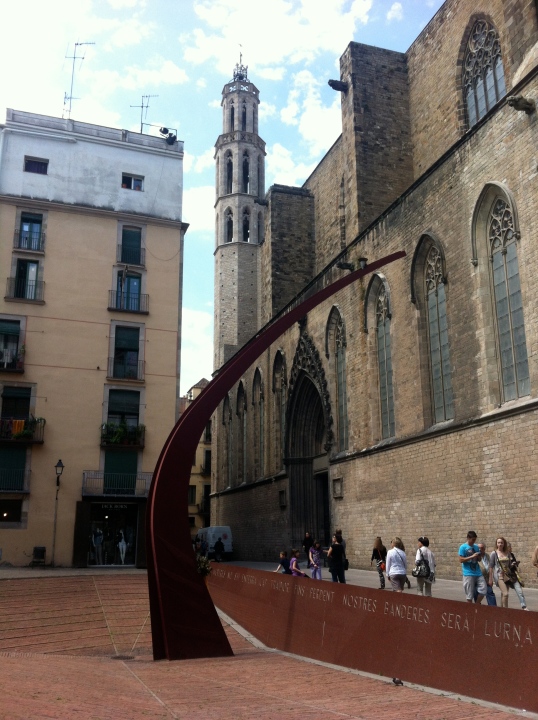
Fossar de les Moreres, a memorial to the Catalunyans who died in the War of Spanish Succession in 1714

One of the towers, and details of the roof, at CaixaForum, now an artspace, but formerly a Modernista-style textile factory owned by the Casaramona family

The Building that started it all – this is the first building, erected in the Eixample district of Barcelona, that heralded the new civic layout and character. Now. most intersections in Eixample have diamond-shaped intersections (ather that the square ones we know in Canada)

The Torre San Sebastian, one of the two anchor points for the Barcelona Teleferico. Yes, I went on it. Yay me.

Port Vell from the Teleferico. The bridge you can see (the wavy one, bottom left) has both a retractable deck acros the wider expoanse, and a swing deck across the shorter. Very cool engineering.

Torre Calatrava, the communications tower build by Telefonica to transmit signal during the 1992 Olympics.
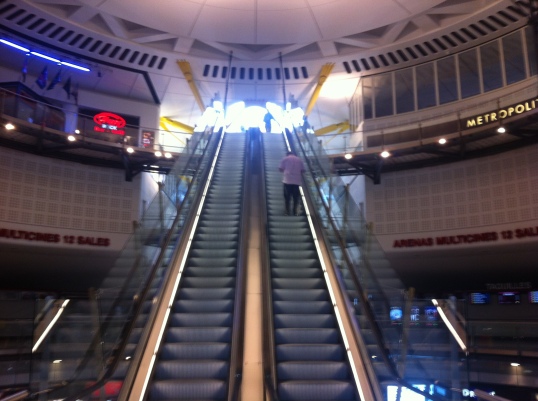
interior of Arenas de Barcelona, a former arena from the Universal Exposition turned into a shopping centre.
Accommodation
This was my first non-apartment, non-house I stayed in since I have been in Europe. I found the Diagonal Home on Hostelworld.com, and it turned out to be a nice little place. Diagonal is a major artery in Barcelona, and as the name suggests, it stretches diagonally across the city’s grid. The hostel is in a pretty upscale area, and is right next to a Hugo Boss.
My room was small, and while I had a window, it openened on to a small courtyard taht got no real light. The worst part was that, two floors below me, is a residence for seniors, and I am guessing they have mental health problems, because I was woken up every morning by someone wailing (yes, wailing) and I went to bed to someone hacking up a lung.
Overall, though, it was good enough for what I paid for it, and I’d probably go back if I was in the same financial situation when I go back to Barcelona.
Getting Around
Barcelona has a great transit system. It is based on a multi-lined Metro, and includes bus and tram service, as well as regional trains. The price was very reasonable – bought a 10-ride pass for 9 euro.
I did find Barcelona very walkable, but as I mentioned earlier, walking 40 minutes to get to the beach is reasonable to me.
Leaving Barcelona
I flew into Barecelona from Paris, and the airport was fairly easy to get around.
I decided, however, to leave Barcelona ia different means.
Yes, I decided to take a Ferry out of Barcelona. I found out that there was a ferry between Barcelona and Genoa (where I am now) a while back, and after the Aix-en-Provence plans fell through, I booked the ferry.
While it was certainly an uneventful trip, I was pretty disappointed. If you visit the Grandi Navi Velocci website for the Exelcior, the ship I sailed on, you;d think it was going to be a non-stop party. Alas, everything was closed, the cafeteria was expeisnive and the food was mediocre. I spent most of the evening reading or watching movies, as I did most of the morning. In the long run, I got here safely, but I think next time I’d just fly.
Final Thoughts
I can’t say enough about Barcelona. It is a beautiful city, and I think I only managed to scratch the surface of this city. I will be back here, sooner rather than later.
Special Thanks
I’d like to thank Marcos for showing me around and giving me some great tips for the visit. Your hospitality is appreciated.
I’m endebted, however, to Juan, who was so very kind to me, showed me around, and even took me to Sitges (which will be a quick separate post). You’re a sweetheart, thanks so much.
Photo Album
Again, here it is.
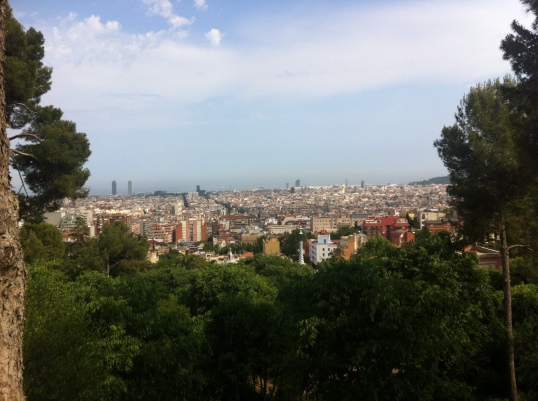


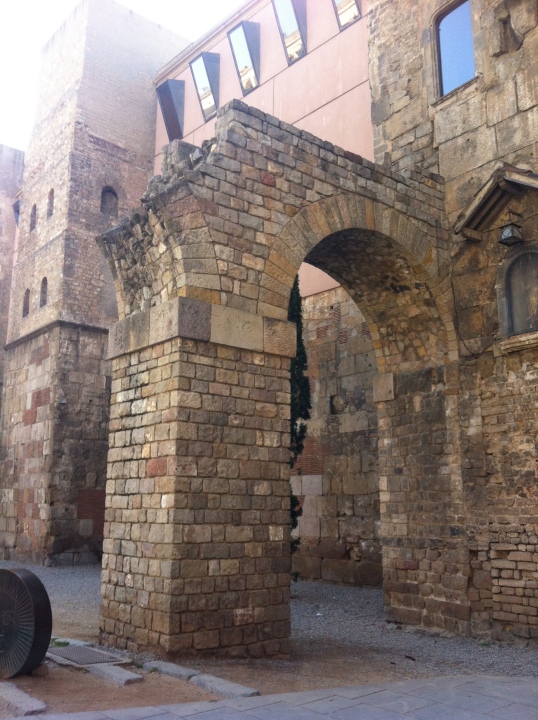



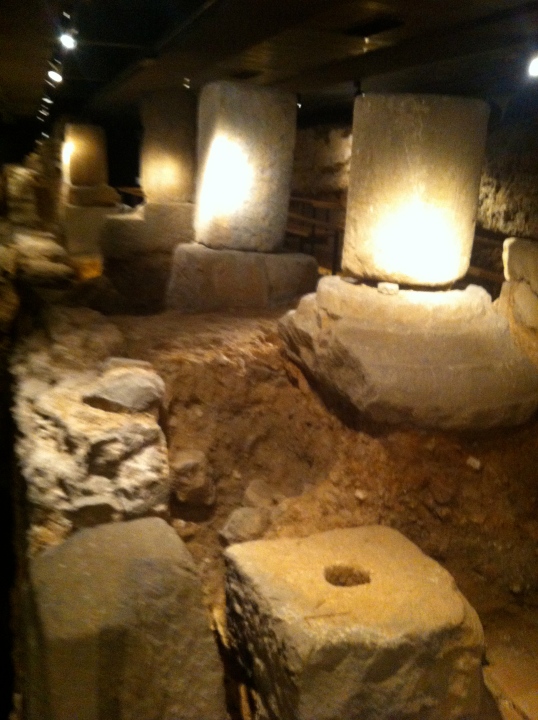
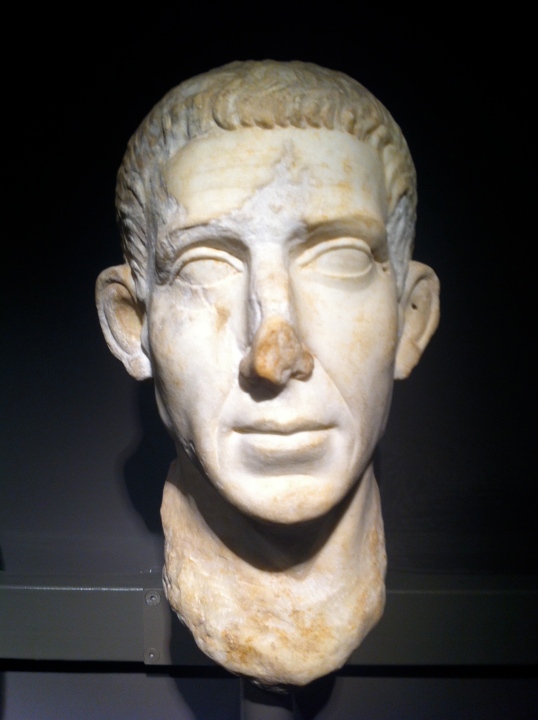


















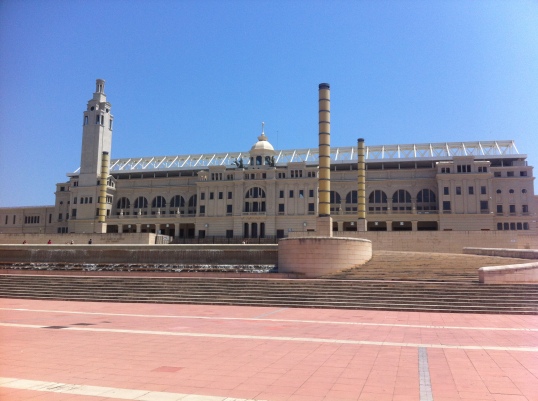

Thanks to you Shawn! Showing you around was my absolute pleasure. Best wishes for the rest of your trip.
Pingback: The Top Ten « Rocky on the Road